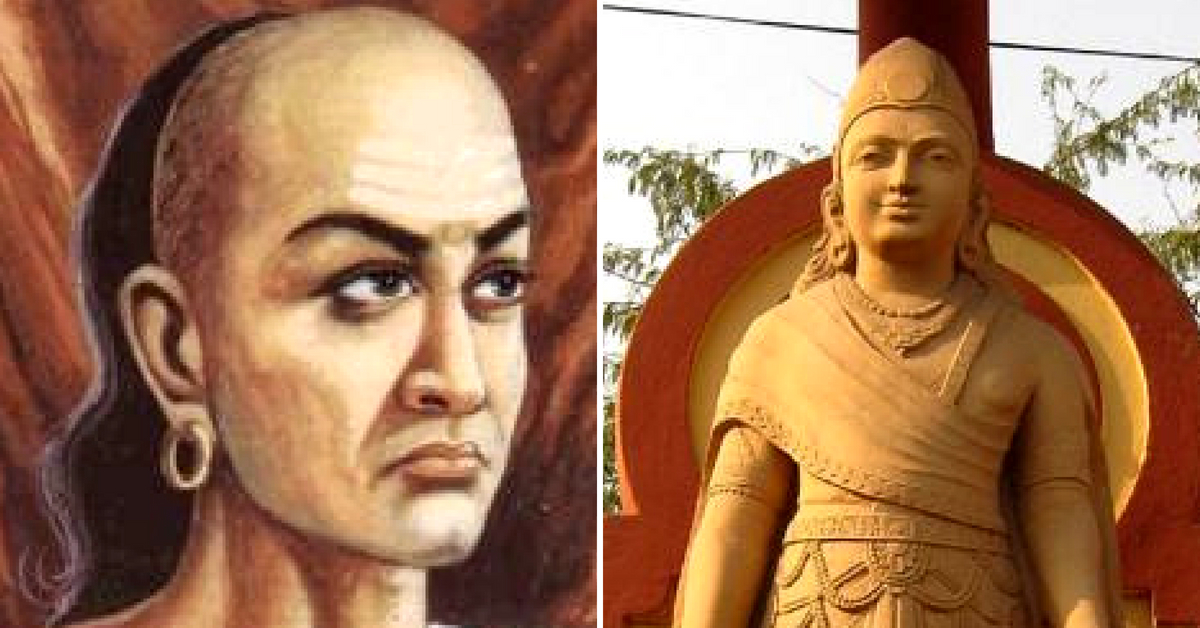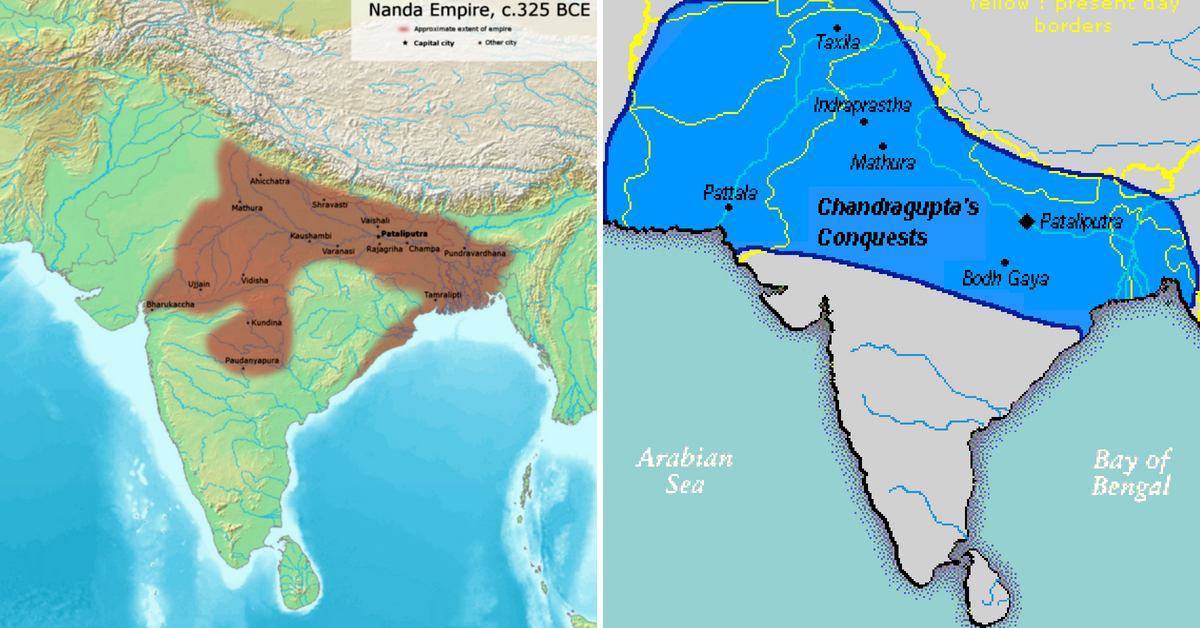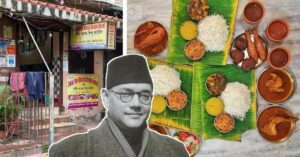What History Says About #Chanakya: 10 Fascinating Facts Every Indian Should Know!
Chanakya dedicated his life to forming the Maurya Empire and guiding its pioneer—Chandragupta Maurya and his son, Bindusara. He was the royal advisor, economist and philosopher during their reign.

The life of Chanakya, the royal advisor, teacher, philosopher, economist and master strategist, is all set to be depicted on the silver screen. Ajay Devgn will be essaying the role of the great scholar, and even though Indians are familiar with Chanakya, the details about his life may not be as widely known.
Here are ten historical facts about Chanakya that may help you understand him better:
1. Born in 371 BC, Chanakya has been traditionally identified as Kautilya or Vishnugupta. According to KC Ojha, Vishnugupta was actually a redactor of Kautilya’s original work, which suggests that Kautilya and Vishnugupta are different people. Thomas Burrow, the Boden Professor of Sanskrit at the University of Oxford even claims that Kautilya and Chanakya may not have been the same people. However, Chanakya’s ‘Arthashastra’ carries his traditional name, Kautilya everywhere except for one verse, which refers to him as Chanakya.
2. Chanakya dedicated his life to forming the Maurya Empire and guiding its pioneer—Chandragupta Maurya and his son, Bindusara.

He was the royal advisor, economist and philosopher during their reign.
3. Chanakya’s ambitions took flight when he was insulted by the emperor of the Nanda dynasty, who ruled the Magadha kingdom in India. At that time, Magadha was the most prominent empire in India while other parts were separate states. Taking the insult to his heart, Chanakya became an ally of Chandragupta Maurya—who had been exiled from the Nanda family.
4. Chanakya helped Chandragupta form a small army, and entered Pataliputra, the capital of the Magadha kingdom and ignited a civil war there, using his intelligence network.
Chandragupta eventually won over the throne in 322 BC, ending the Nanda dynasty and beginning the rule of his Maurya dynasty. This dynasty would be in power until 185 BC.

5. Arthashatra, a Sanskrit book that means “The Science of Material Gain” is the philosopher’s guide to running an empire. Although the book was considered to be lost for many centuries, a copy of it, written on palm leaves, was rediscovered in 1904 AD.
6. In this book, the scholar writes in detail about diplomacy and war. His take is extremely practical and unemotional.
Considering the challenges faced by the rulers of those times, he has included recommendations on law, prisons, taxation, fortification, coinage, manufacturing, trade, administration and spies.

7. The life of Chanakya has been described in four different versions—The Buddhist version, the Jain version, the Kashmiri version and Vishakhadatta’s Sanskrit Mudrarakshasa version. All four versions describe how he was insulted by the Nanda emperor and how Chanakya vowed to destroy him thereafter.
8. In his book, “Year of the Guru,” Sugata Srinivasaraju describes how an unknown priest donated ancient palm-leaf manuscripts to the Oriental Research Institute in Mysore. Upon examination, these manuscripts turned out to be Chanakya’s Arthashastra.
You may also like: The Untold Story of the First Indian Pilot, Purushottam Meghji Kabali
9. Apart from this, the scholar has even studied the various Indian shastras and compiled its multiple lessons into ‘Chanakya Niti’ or ‘Chanakya Niti Shastra.’
10. Chanakya died in 283 BC in Pataliputra. Throughout his life, he had been in service of the Maurya emperors and passed away during the reign of Bindusara, Chandragupta’s son. Some believe that he starved himself to death while others think that court conspiracies led to his demise.
(Edited by Gayatri Mishra)
Like this story? Or have something to share?
Write to us: [email protected]
Connect with us on Facebook and Twitter.
NEW: Click here to get positive news on WhatsApp!

Similar Story

Netaji Bose’s Favourite Eatery Has Been Serving Traditional Delicacies for Over 100 Years
The Swadhin Bharat Hindu Hotel in Kolkata, started by Mangobindo Panda, is a century-old pice hotel where Indian freedom fighters like Netaji Subhas Chandra Bose would enjoy Bengali delicacies.
Read more >
If you found our stories insightful, informative, or even just enjoyable, we invite you to consider making a voluntary payment to support the work we do at The Better India. Your contribution helps us continue producing quality content that educates, inspires, and drives positive change.
Choose one of the payment options below for your contribution-
By paying for the stories you value, you directly contribute to sustaining our efforts focused on making a difference in the world. Together, let's ensure that impactful stories continue to be told and shared, enriching lives and communities alike.
Thank you for your support. Here are some frequently asked questions you might find helpful to know why you are contributing?


This story made me
-
97
-
121
-
89
-
167












